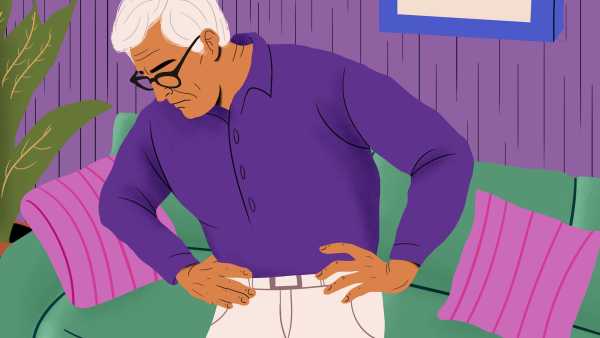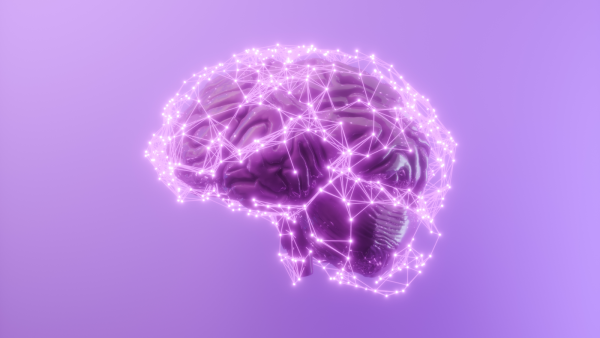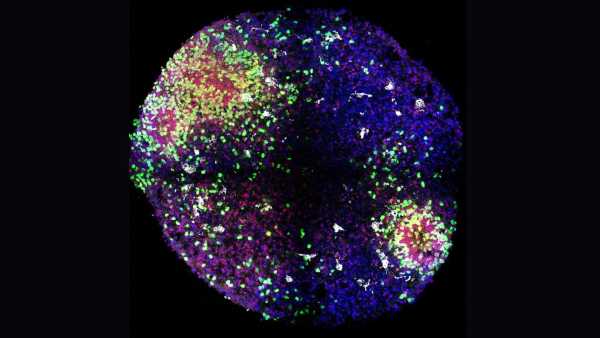
Researchers have created organoids — miniature imitations of the brain — to study how the organ develops during pregnancy. (Image credit: Yu, D., Jain, S., Wanzhou, A., et al. Nature (2025). https://doi.org/10.1038/s41586-025-09362-8)
Recent evidence suggests that immune cells in the human brain play a critical role in orchestrating its development during the embryonic stage, stimulating a rapid increase in the number of critically important nerve cells.
Experts estimate that these cells, known as inhibitory interneurons, make up 25 to 50 percent of the neurons in the adult human cortex, the convoluted tissue that covers the surface of the brain. Interestingly, the human cortex has more than twice the number of these interneurons as the mouse cortex.
These neurons transmit signals between other brain cells and regulate their interactions via the chemical messenger GABA. As the main inhibitory neurotransmitter, GABA slows brain activity, reducing the likelihood of excitation, thereby balancing “activating” signals. Dysfunction of interneurons is associated with a number of diseases, including epilepsy, autism, and schizophrenia.
You might be interested
-
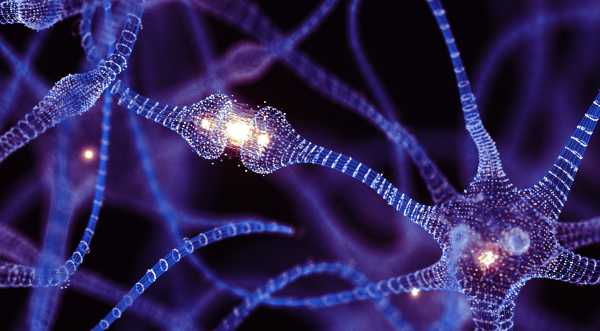
Can adults generate new neurons? New research may settle a long-running scientific debate.
-

Brain Astrocytes: Potential Key to Giant Memory Store
-
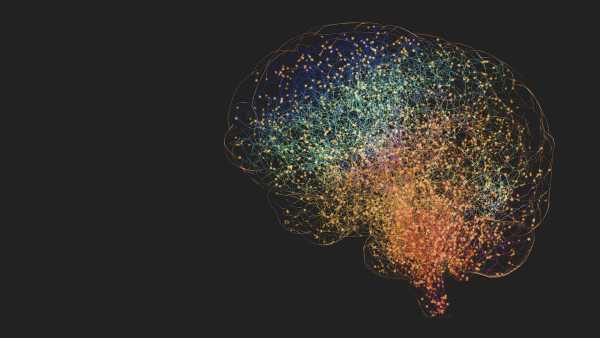
Formation of new neurons in the adult brain: myth or reality?

The image shows laboratory organoids: the center row demonstrates the effect of IGF1 on cell proliferation.
In a Nature paper on August 6, scientists described a factor that stimulates the proliferation of interneurons in the developing brain, suggesting it is unique to humans.
“This explains why standard animal models are not applicable,” study co-author Diankun Yu, a postdoctoral researcher at the University of California, San Francisco, told Live Science. To study this specific mechanism, the team developed organoids — 3-D structures made from stem cells that mimic real human tissue.
Before using organoids, animal experiments linked maternal immune system activation during pregnancy to a decrease in interneurons in offspring. Such activation is possible, for example, in infectious diseases. In previous work, the authors identified a key player: microglia, the brain's resident immune cells.
Over the past five years, scientists have made progress in understanding how the immune and nervous systems develop in parallel, said study co-author Dr. Xianhua Piao, a neonatologist and neurodevelopmental scientist at the University of California.
“The role of microglia in fine-tuning neurodevelopment is fundamental,” she commented. “This greatly expands our understanding of microglia function.”
The team created organoids that replicate the structure of the embryonic brain, where cortical interneurons are formed. This temporary structure exists in humans from about the 8th week of pregnancy until 8 months after birth. For the first time, the scientists managed to integrate microglia into the model.
It turned out that microglia in organoids acts as the main source of insulin-like growth factor 1 (IGF1), which stimulates a sharp increase in the number of interneurons in the early stages of development.
RELATED RESEARCH
—First 'mini-brains' grown from fetal tissue
— Unique organoids from cells of several donors
— Lab mini-brains with developing “eyes”
Blocking IGF1 signaling stopped interneuron growth, but Piao noted that “deleting the gene in mice did not change anything,” confirming that the mechanism is species-specific.
Scientists suggest that the discovered mechanism reflects an evolutionary adaptation that provided unique human cognitive abilities due to an increase in the number of interneurons.
However, the organoids do not fully mimic the brain. “The model is effective for the early stages of proliferation,” Yu said. Later stages of development and neural activity on a brain-wide scale are not yet reproduced.
Further research may reveal new aspects of the role of immune cells in neurodevelopment.

Nicoletta Lanese. Social Media. Health Editor.
Nicoletta Lanese is Live Science’s health editor and former news editor and staff writer. She holds a science communication certification from the University of California, Santa Cruz, and degrees in neuroscience and dance from the University of Florida. Her work has appeared in The Scientist, Science News, Mercury News, and elsewhere. Based in New York City, she is an avid contemporary choreographer.
Please verify your name before posting your comment.
Please sign in again to enter your display name.
Logout Other materials
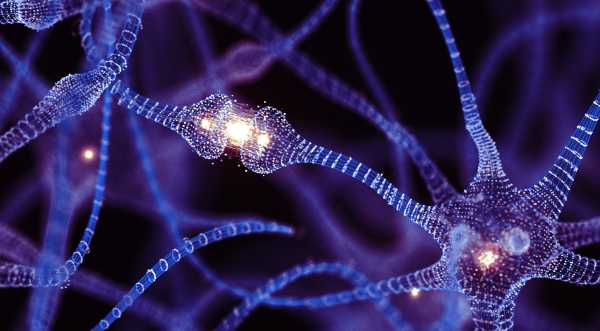
Can adults generate new neurons? New research may settle a long-running scientific debate.
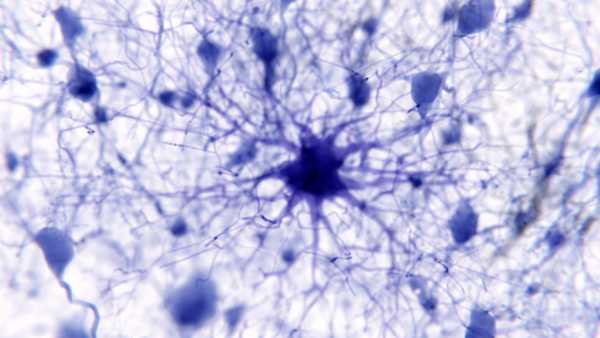
Brain Astrocytes: Potential Key to Giant Memory Store
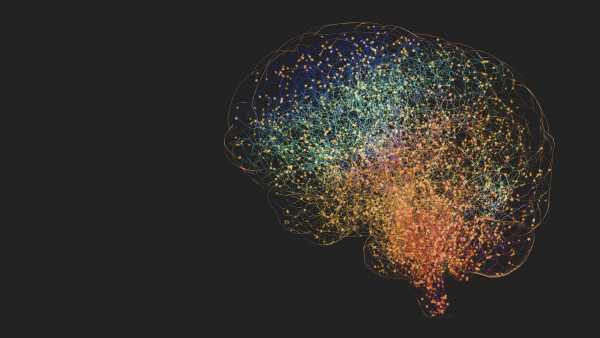
Formation of new neurons in the adult brain: myth or reality?
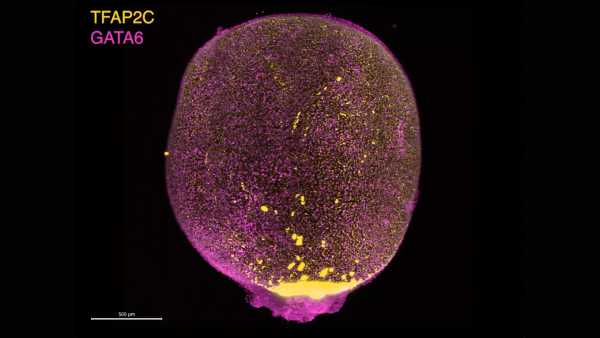
Laboratory models of amniotic sacs from stem cells
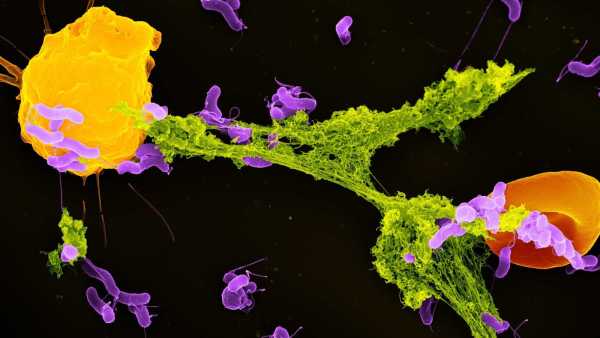
Mitochondria: Not Just Power Plants, But Also Defenders Against Pathogens

A Simple Neural Mechanism for Distinguishing Imagination from Reality Neuroscience News
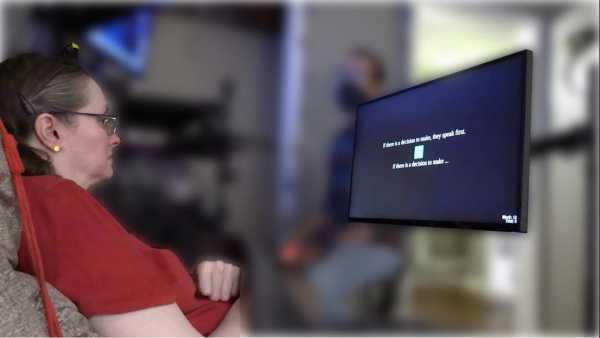
New implant for decoding inner speech
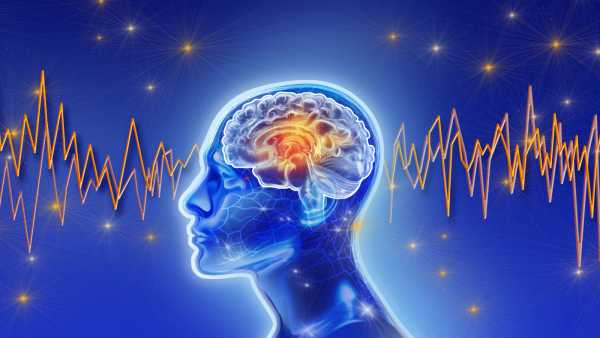
Brain scans reveal activity similar to deep sleep while distracted

Different ways the brain perceives heat and cold
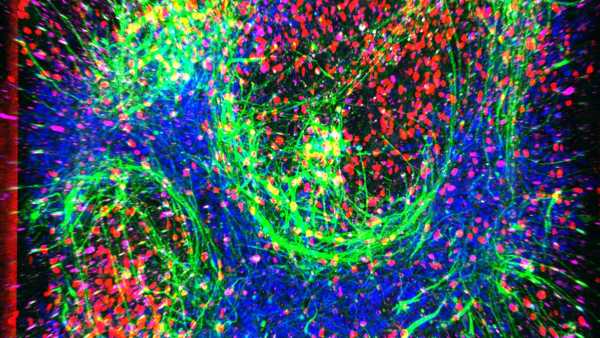
New UAS model with human tissue dynamics
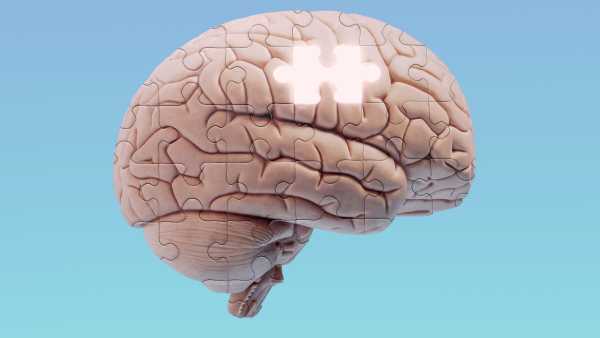
The Limits of the Brain's Memory Capacity: Is “Overload” Possible? Current
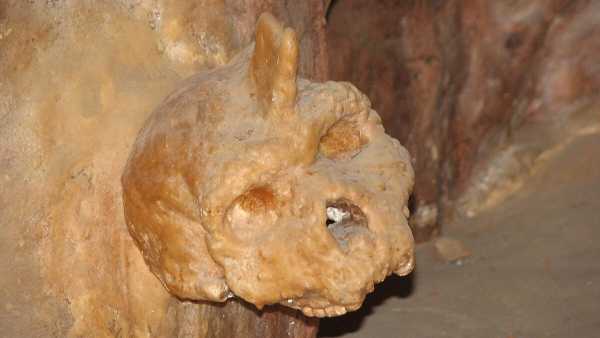
Mysterious 300,000-Year-Old Skull From Greek Cave Is Neither Human Nor Neanderthal
Sourse: www.livescience.com


